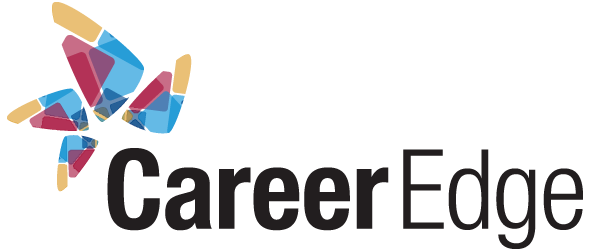By guest contributor, Sydney Helland, Marketing & Communications Coordinator at Career Edge Organization
In the breakout session “Talent Generation and Candidate Nurturing” held last month at the Human Resources Networking Group (HRNG) 2010 Recruitment Innovation Summit, speaker Steven Woods (CTO, Eloqua) presented the trending indicating that the traditional, pre-digital recruitment model has no doubt been overthrown by a modern, post-digital model that hinges on the online, social behaviour of job seekers.
Woods continued to explain the difference between these models by providing the example of an information filter. With the traditional recruitment model, Woods says, the primary – if not sole – filter on recruitment communication from an employer was an economic one. Think of a printed “Help Wanted” ad: employer pays for an ad, gets candidates, and hires the best one. Now with the advent of an increasingly digital recruitment model, the filter has shifted from economic to social.
The Internet has provided the medium for mass-dissemination of information from employers to an ocean of job seekers. With this overabundance of career opportunity communication across a vast spectrum of digital venues, shelling out a couple dollars for a classified ad in the Saturday paper just isn’t going to cut it anymore.
Obviously this isn’t new information to the seasoned recruiters and HR professionals out there. However, the social recruitment model that Woods proposes involves employers rising up to the creative challenge of communicating career opportunities in a way that is not only digitally accessible, but that will also be shared socially among potential candidates.
So, Woods asks, how can employers ensure that the broadcasting of their information is following this new social recruitment model, resulting in their career opportunities being picked up by the appropriate talent? Well, unfortunately the answer to this question is inconclusive at best.
The research around online job seeker behaviour is rather limited at this point in time, however recent studies conducted on this topic unanimously suggest that being knowledgeable about how a targeted pool of job seekers are behaving online can significantly increase the traffic of talent to a particular career posting.
For example, consider how the average job query is conducted using an online search engine. An analysis of online job seeker behaviour from recruiter.co.uk reports that the majority of searches include three to four words such as ‘jobs in Toronto’ or ‘careers in Human Resources’. In addition to these findings, a survey conducted by iLogos Research found that 92% of job seekers are willing to spend over six minutes completing an online application form, while 88% of them are willing to complete skills-based questions.
In the ‘Talent Generation and Candidate Nurturing’ presentation, Steven Woods also noted the rise of personal brands. This concept not only applies to the employer’s branded work culture, but also to the candidate’s personal identity, and how it fits with said culture.
Despite the generally mass-targeted approach of online job postings, searching for jobs online is considered increasingly personal on behalf of the candidate. Job seekers are not only taking organizational fit into account, but also how well the organization would value them as an individual, both in terms of skills and personality.
With all these emerging trends in mind, it is clear that optimizing job opportunities with respect to online applications and accessibility is just the beginning of attracting top talent. Considering the idea of a social filter suggested by Steven Woods, it is important that employers not to view these digital filters as barriers, but rather as tools for finding the best candidates.

